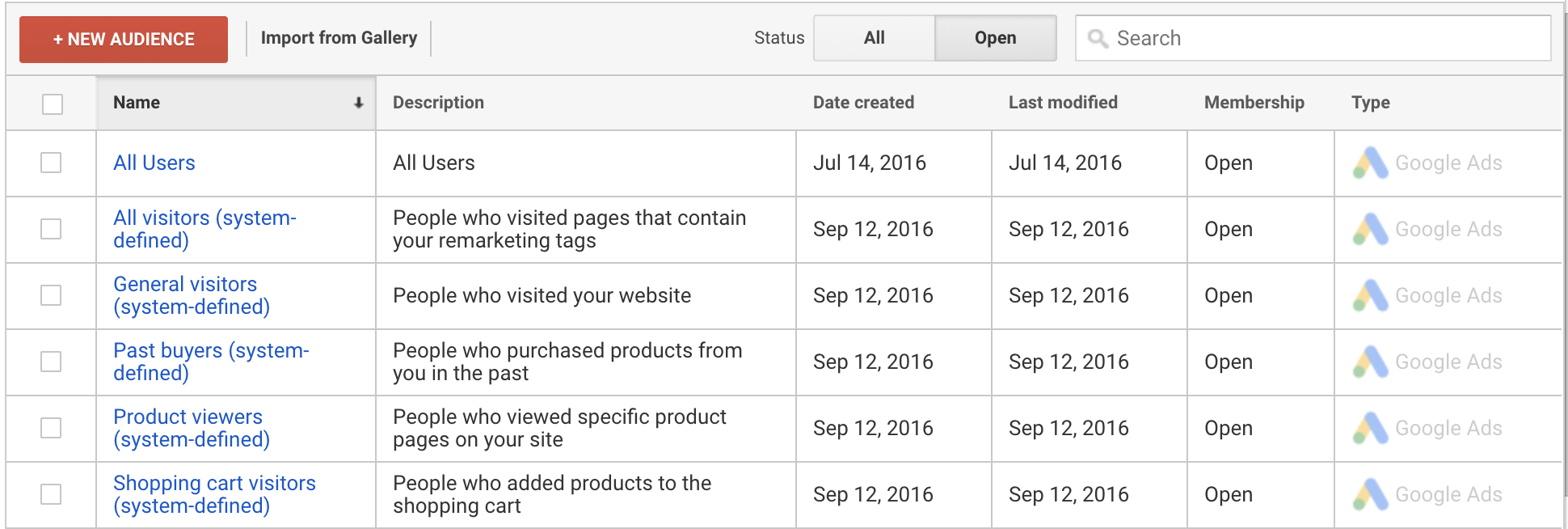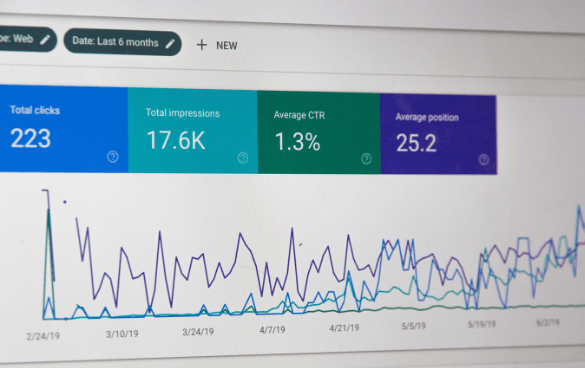Optimizing Your Campaigns with Remarketing In Google Analytics
Utilizing Remarketing in Google Analytics: A Comprehensive Overview
Taking advantage of remarketing in Google Analytics supplies services a critical edge in connecting to possible consumers. The capacity to target individuals that have currently communicated with your site provides a distinct possibility for tailored advertising and marketing efforts. By recognizing exactly how to craft target market lists and release them effectively, companies can considerably enhance their conversion rates. The complexities of establishing up and optimizing remarketing campaigns require a comprehensive understanding of target market division and efficiency analysis. This overview will certainly lose light on the crucial actions included in harnessing the full capacity of remarketing in Google Analytics, resulting in enhanced advertising and marketing results.
Recognizing Remarketing in Google Analytics
Remarketing in Google Analytics permits companies to tactically target customers that have actually previously interacted with their website or mobile application. By leveraging data from Google Analytics, businesses can create customized remarketing lists based upon individual behavior, such as web pages seen, activities taken, or specific goals achieved. This powerful device enables businesses to re-engage with users who have shown interest in their services or products, ultimately enhancing the chance of conversion.
Understanding the different types of remarketing strategies is important for a successful campaign - What Is “Remarketing” In Google Analytics?. Google Analytics offers numerous alternatives, consisting of conventional remarketing, dynamic remarketing, and remarketing lists for search advertisements (RLSA) Each kind offers an unique purpose and can be tailored to fulfill certain marketing goals
Furthermore, analyzing the efficiency of remarketing campaigns is crucial for maximizing outcomes. Google Analytics gives useful understandings right into the effectiveness of different remarketing approaches, permitting services to make data-driven choices and refine their targeting approach. By continuously readjusting and monitoring remarketing initiatives based upon analytics information, services can make the most of ROI and drive success in their marketing efforts.
Establishing Remarketing Campaigns

After setting up target market lists, the next step is to connect Google Analytics with Google Advertisements. By connecting these 2 platforms, companies can seamlessly transfer audience lists from Google Analytics to Google Advertisements for remarketing functions. This combination allows for even more specific targeting and better project performance.
Once the accounts are connected, businesses can develop remarketing campaigns in Google Advertisements utilizing the audience notes formerly specified in Google Analytics. These campaigns can be tailored with specific ad creatives, messaging, and bidding methods to successfully re-engage with previous visitors and drive conversions. By adhering to these steps, businesses can take advantage of the power of remarketing to enhance their marketing efforts and boost ROI.
Using Audience Division Strategies

Predefined sectors in Google Analytics permit you to rapidly evaluate usual audience classifications like brand-new individuals, returning customers, or individuals who finished a particular goal on your web site. Custom segments, on the other hand, allow you to create distinct sectors based upon certain standards that are very important to your service goals. Dynamic remarketing lists instantly readjust based on individual behavior, revealing personalized ads to users that have actually interacted with your website specifically methods.
Analyzing Remarketing Performance Metrics
Upon evaluating the effectiveness of remarketing projects in Google Analytics, the analysis of key performance metrics offers valuable insights into audience involvement and conversion rates. By delving right into metrics such as click-through rates (CTR), conversion rates, price per purchase (CERTIFIED PUBLIC ACCOUNTANT), and return on advertisement spend (ROAS), online marketers can assess the success of their remarketing initiatives. Assessing these metrics makes it possible for marketers to maximize projects, improve target market targeting, and allot budget plans properly to boost general remarketing performance.
Enhancing Remarketing Methods
When refining remarketing strategies in Google Analytics, focusing on audience division is extremely important for accomplishing project success. By dividing your audience right into specific segments based on their actions, demographics, or passions, you can tailor your ads better to every team. This targeted method raises the chance of involving individuals who have actually already shown passion in your service or products, resulting in higher conversion prices.
Another vital element of enhancing remarketing approaches is continually screening and refining your projects (What Is “Remarketing” In Google Analytics?). A/B testing various advertisement creatives, messaging, or offers can visit the website help you identify what reverberates finest with your audience and drives the most conversions. By examining the performance of these tests in Google Analytics, you can make data-driven decisions to optimize your remarketing initiatives better
Furthermore, leveraging dynamic remarketing can significantly enhance your project results. This feature enables you to show personalized advertisements to users based on their previous communications with your web site, showcasing solutions or products they have actually previously seen. By providing customized material to users based on their rate of interests and habits, vibrant remarketing can assist boost involvement and drive conversions.
Final Thought
Finally, using remarketing in Google Analytics is a calculated technique to target customers that have previously involved with a website. By producing customized target market checklists and utilizing target market segmentation techniques, services can enhance remarketing campaigns for boosted conversion prices. Examining efficiency metrics and constantly maximizing techniques are vital for taking full advantage of the performance of remarketing efforts.
Google Analytics uses various options, consisting of basic remarketing, dynamic remarketing, and remarketing checklists for search advertisements (RLSA)After setting up audience listings, the next step is to connect Google Analytics with Google Advertisements. By linking these two systems, services can effortlessly transfer target market checklists from Google Analytics to Google Ads for remarketing functions.When the accounts are connected, businesses can develop remarketing projects in Google Ads utilizing the target market lists formerly defined in Google Analytics.When refining remarketing techniques in Google go to this web-site Analytics, focusing on target market segmentation is critical for accomplishing project success.